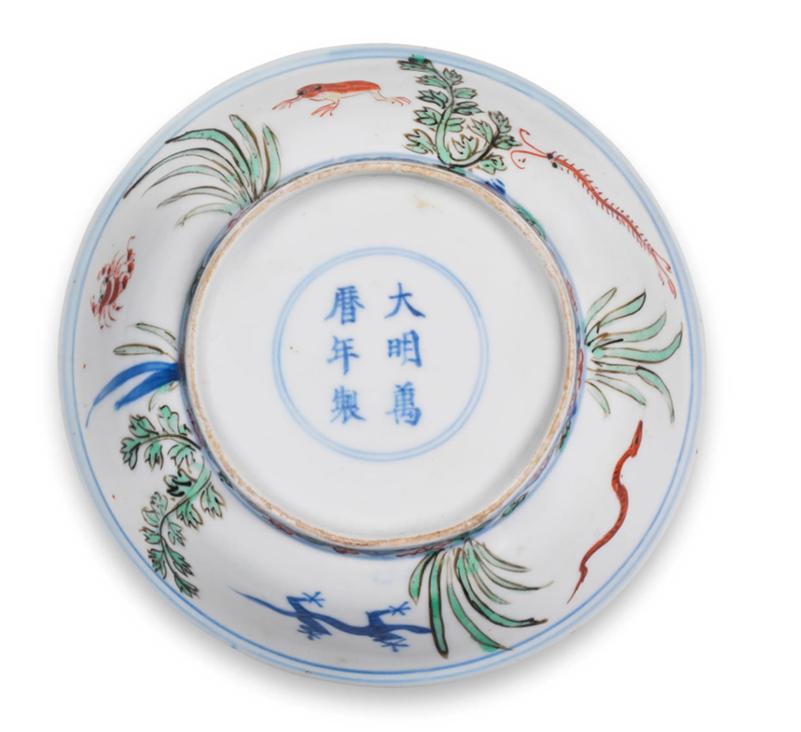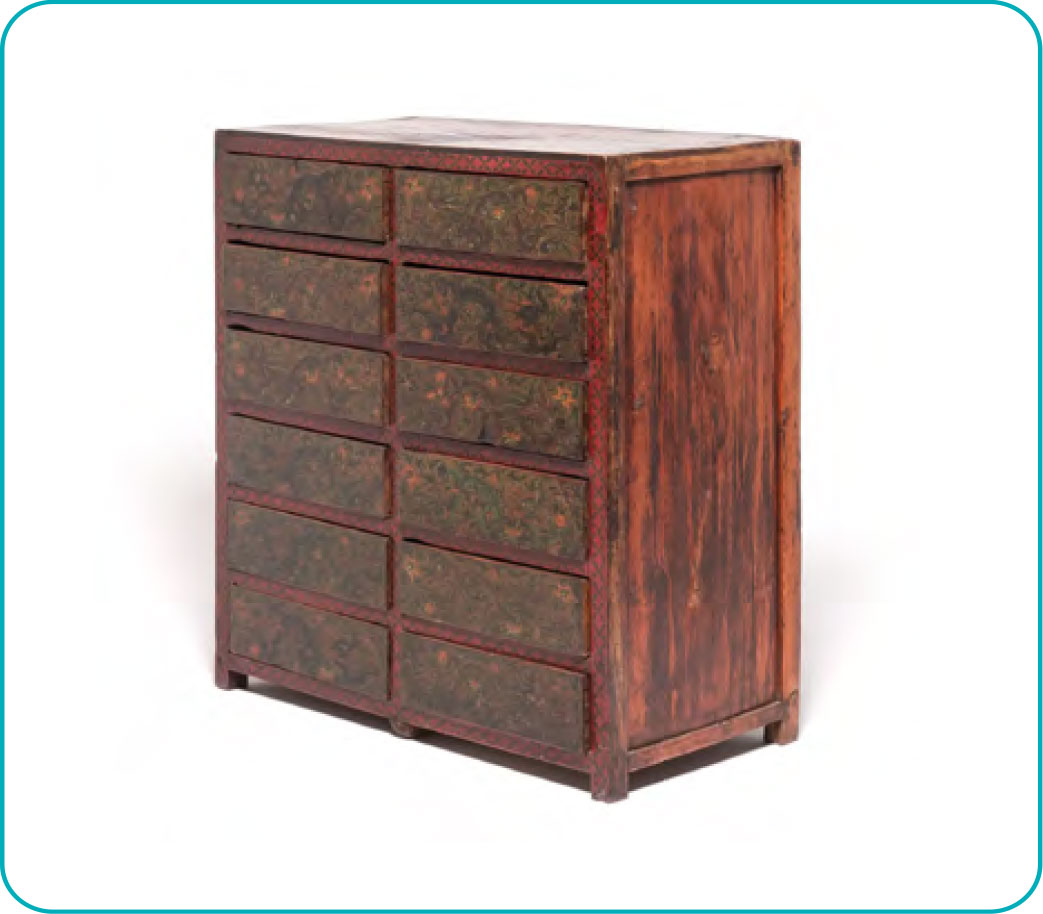新年快乐! – Happy Lunar New Year from Doerr Dallas! We wish you all a healthy and prosperous year for 2025, the Year of the Snake (蛇), which begins on 29 January.
Often referred to as Chinese New Year in Western countries, Lunar New Year is the largest festival in many East and Southeast Asian cultures. Each year, a different animal from the twelve animals of the Chinese zodiac is celebrated. Last year was the Year of the Dragon, one of the most iconic symbols in East Asian material culture. The snake is the sixth animal in the zodiac progression. People born during the Year of the Snake are characterized as intellectually curious, comical, and sophisticated. As snakes somewhat resemble East Asian dragons, this year can also be called the Year of the Small Dragon. While snakes are not quite as prevalent as dragons in Asian art, they still have a varied history dating back thousands of years and hold an important role in East Asian material culture, especially in China. Forms featuring snakes include porcelain, jade, coins, terracotta, cloisonné, and other popular Chinese media.
While zodiac animals are most typically depicted individually in Chinese art, sometimes all twelve figures of the Chinese zodiac appear together as a complete set (known as shi-er shengxiao), especially in ceramics. Collectors display these animals together in a semicircle in the chronological order of the zodiac. This was frequently done during the Tang Dynasty (618-907), when zodiac animals were crafted as semi-anthropomorphic terracotta figurines, such as this in this complete set on display at the Metropolitan Museum of Art. Tang zodiac figurines possess animal heads with human bodies. They are dressed in traditional Tang robes and pose like Tang court ladies, who were the quintessential subject of Tang terracotta figurines. Complete sets are rare on the market, but are occasionally offered at auction, as recently as this set offered at Sotheby’s last year or this set sold at Galerie Zacke in 2023. The Zacke set is in particularly good condition, with more pigment remaining and carving in the faces revealing characterful expressions. Because the market is generally flooded with Tang figurines, it is not currently particularly strong unless the object is unusual, large, or in excellent condition. Complete zodiac sets such as the one offered at Galerie Zacke would definitely fall under this category. Because the quality of Tang figurines can vary widely, there are many avenues for purchase, including the online retail marketplace, Chinese art galleries, and both regional and larger auction houses.

Anthropomorphic scenes also sometimes appear in other three-dimensional forms, such as jade. Only a fraction of the size of their Tang terracotta counterparts, these jade works were particularly prevalent during the Qing Dynasty (1644-1912). There were two recent examples of jade zodiac snakes sold at Sotheby’s, including this individual anthropomorphic snake and this complete set. The Chinese jade market has largely recovered from the pandemic, but like Tang figurines, the quality and size of jade can vary widely, so objects that are strong in both areas are likelier to retain their value over time. Provenance, literature, and exhibition history also support these values. For those across the pond, there will likely be a selection of higher-end Tang terracotta and Qing jade figurines available at the auction houses and galleries participating in Asia Week New York this year.

Snakes are also found in animal groupings outside of the zodiac. In all cultures, snakes can sometimes suffer a bad reputation, and while East Asia is no exception, in this case, snakes can use their venom for good! This is the case for the Five Poisons, which along with snakes consists of centipedes, scorpions, toads, and spiders. Despite the belief that these creatures bring bad luck, people also believed that depicting the Five Poisons artistically and keeping them nearby would have the opposite effect, combatting any bad luck that came their away. In this sense, the Five Poisons then become protectors. This grouping appears together frequently in Chinese art, from old charm coins that people would carry with them to items with more stationary purposes, such as jade, porcelain, and cloisonné.
During the Wanli period (1572-1620), the Five Poisons sometimes appeared on wucai porcelain, decorating the exteriors of dishes. Such examples are not common, but they occasionally appear in auctions, such as this Bonhams sale in 2023. For those in London wishing to view one in person, there is a characteristic example currently on display in the Percival David Collection at the British Museum. The market for high-quality Wanli porcelain in good condition has always been strong, especially when depicting the Five Poisons. There are many options for purchasing Ming Dynasty (1368-1644) porcelain in London, such as the major auction houses, Marchant Gallery, and Eskenazi Gallery.

No matter where you fall within the zodiac, we hope you will find some snakes you enjoy this year – ideally from the safe distance of viewing them artistically!
To arrange an asian art valuation, email us at [email protected] or call us on 01883 722736.

































